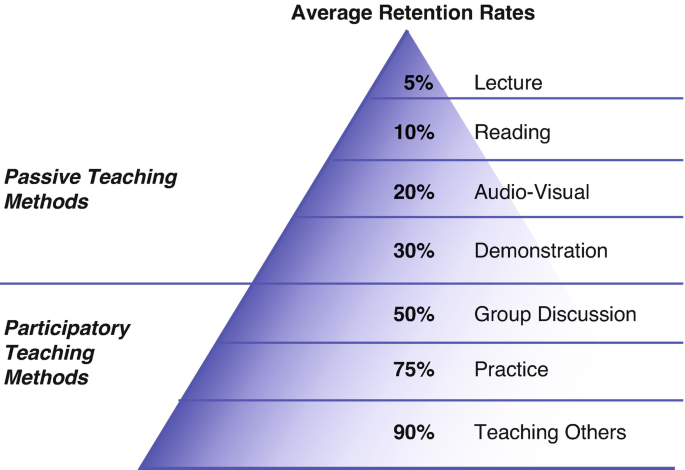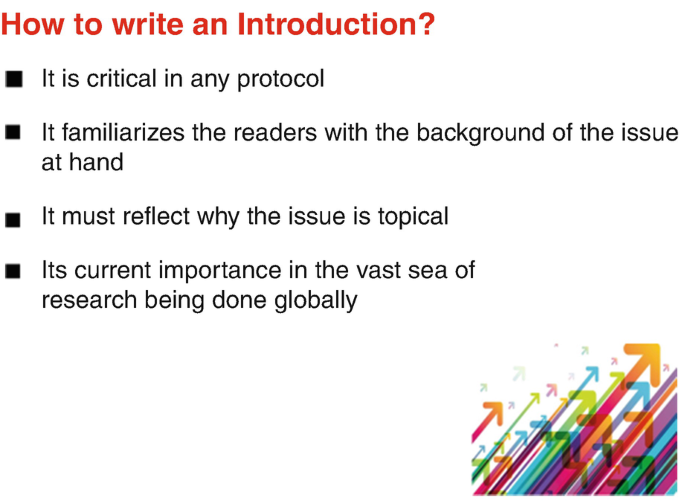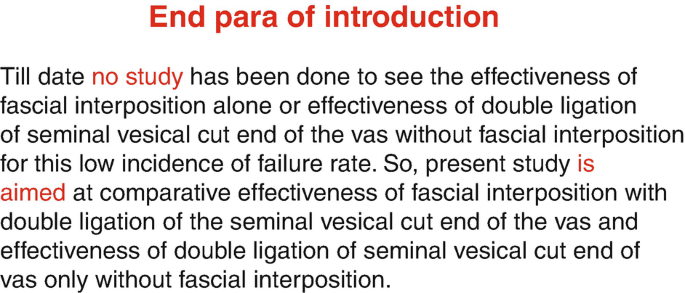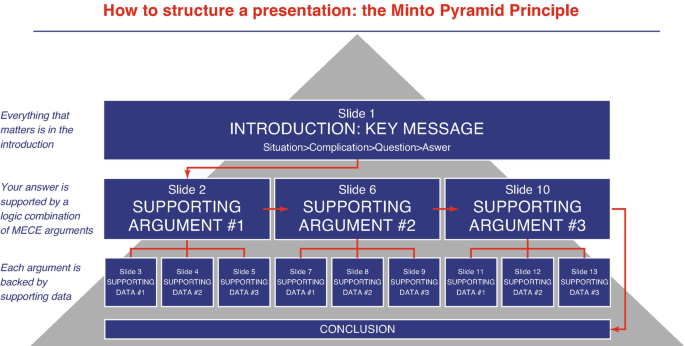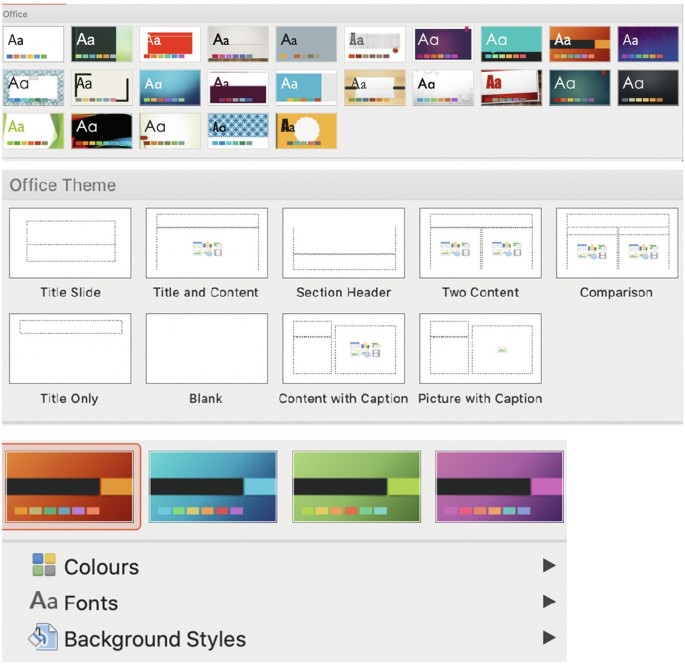Abstract
An oral presentation is a form of communication, where you impart and then exchange information with your audience. This can be either one-way, a didactic, or two-way called a Socratic or a Dialectic presentation. There are many forms of oral presentation and you should find out where and when you are required to speak [1]. The National Training Laboratory in Maine, USA has suggested a ‘cone’ of learning or learning ‘pyramid’. In this, they have found that the most effective way of learning is through teaching others. Most students remembered only 10% of the material given in books but remembered 90% of the facts they learned when they had to teach others [2] (Fig. 38.1).
The first 30 seconds and the last 30 seconds have the most impact in a presentation.
—Patricia Fripp, American author
You have full access to this open access chapter, Download chapter PDF
Similar content being viewed by others
1 Planning
An oral presentation is a form of communication, where you impart and then exchange information with your audience. This can be either one-way, a didactic, or two-way called a Socratic or a Dialectic presentation. There are many forms of oral presentation and you should find out where and when you are required to speak [1]. The National Training Laboratory in Maine, USA has suggested a ‘cone’ of learning or learning ‘pyramid’. In this, they have found that the most effective way of learning is through teaching others. Most students remembered only 10% of the material given in books but remembered 90% of the facts they learned when they had to teach others [2] (Fig. 38.1).
-
The Lecture is an old way of teaching and by convention called the ‘chalk and talk’ method. The talk needs to be prepared carefully but it is thought to be an ineffective way of imparting knowledge. The flow of ideas and organization of a lecture is an art. It is usually taken by a qualified person. In this, there is passive learning of the attendees as it is a one-way communication. The number of people in a lecture should be around 30 and its duration should be 15–20 minutes. In a lecture during a conference, the number of participants can vary from 50 to 1000.
-
Symposium—This consists of a series of lectures usually on a single selected topic. Each speaker gives a brief presentation, there is no discussion between the speakers during the presentation and finally the chairman summarizes the talks. People who speak in symposia are experts in the field and all talks are delivered in a single day.
-
Group discussion or Round table talk—In this, there is a face-to-face discussion between a group of people of usually 6–12 members who sit around a table. The leader initiates the talk and the other members give their opinions. Most round table sessions are fairly structured and require attention to time management and content, with intermittent audience participation.
-
Workshop—This is a series of lectures in a smaller group. There is an interaction between the members but it is usually at a local level.
-
Seminar—This is a half to full-day discussion on a particular topic with about 30–40 participants.
-
Debate—This is an increasingly popular format utilized in larger meetings with two speakers discussing controversy and arguing for either side. This can be through formal presentations or interactive discussions.
All these teaching activities can now be virtual and recent circumstances have indicated that this might be the ‘new normal’. Physicians need to be accustomed to this as it may be the way forward for medical education.
2 Does the Success of an Oral Presentation Depend on the Audience?
This is generally true and a presentation works if:
-
The audience feels the need for the information.
-
Is enthusiastic.
-
The subject is applicable to their clinical practice.
-
Its content is clear and easy to grasp.
-
There is active audience participation.
-
Multiple ways of presentation are used, i.e., PowerPoint slides and videos.
3 What Is a Powerful Oral Presentation?
A powerful oral presentation can be summarized with 5 C’s
-
Contains Crucial information
-
There is a Clear style of presentation
-
Confidently delivered
-
With Concise data
-
The delivery is Creative and Clever
4 What Are the Steps You Should Take Before an Oral Presentation?
An oral presentation can be divided into:
In the Pre-Presentation stage:
-
It is important to check the venue and equipment. It is always better to arrive on time, load the presentation, and recheck it in the preview room to see if the presentation is in order. You should also check with the organizer whether there is double projection, because this requires a lot of coordination and rehearsal.
-
Check the podium and make a mental picture of how much of the area of the podium and dais you will use during the presentation. Currently, many people follow the TED (Technology, Entertainment, Design) format where there is no podium and they use the entire stage for the talk. For this type of presentation, you should be a seasoned public speaker. Body language is important in this.
-
Find out about your target audience—general physicians, a mixed group of doctors, a specialty group, or the lay public. However, if it is a speciality lecture the content should cater only to specialists.
-
You should be appropriately dressed—properly and professionally.
-
It is always better to email the presentation in case there is a hitch in your pen drive function at the last minute.
-
Before planning the presentation, go through the programme of the conference as many of the topics in the session might have been covered by someone else. So, those aspects should be omitted from your talk.
-
The preparation time for your lecture, whether it is 10 min or 30 min long is the same as you need to review all the relevant literature before the presentation. The shorter the talk the more difficult it is to condense and give a powerful performance.
-
‘Rehearse, rehearse and rehearse’ are the three most important mantras for a flawless delivery.
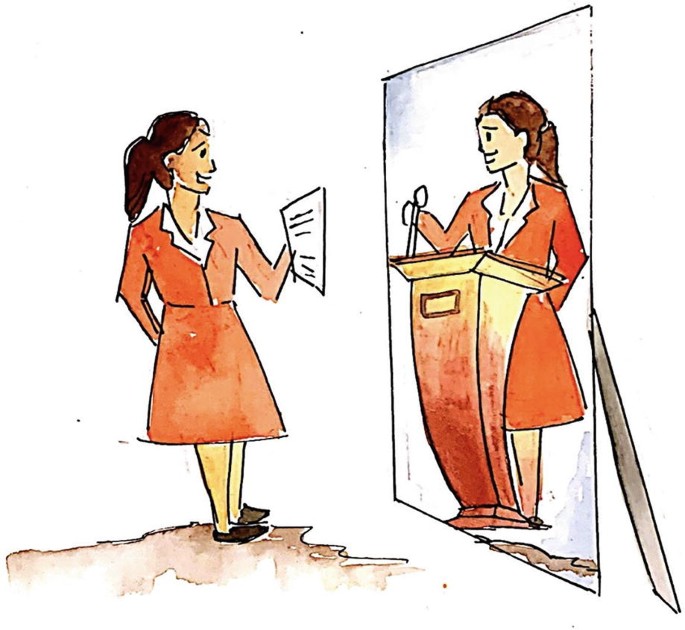
5 How to Deliver an Oral Presentation?
Making a presentation is a skilful art, which has to be learned over years. Richard Leech, a medically qualified actor, stated that ‘Lecturing is like Acting, where you have to a tell a tale to the audience but it is more difficult than acting because you have to write the script as well’. You cannot inherit the ability to give a good lecture—it comes with repeated practice and as you lecture more you become more confident of speaking in public.
A presentation has two important components, i.e., its content and style.
The content can be further divided into introductory slides, the main text, and conclusions.
The Introduction is the most powerful part of the presentation. There are various models that have been suggested for an introduction slide.
-
The expected introduction would be to greet the audience and start reading the slides. However, this approach although considered polite, is benign, boring, and lacks power and passion.
-
Model 1–2-3 consists of, step 1 to greet the audience, step 2 pause, and step 3 is to make an attention-grabbing statement or relate a story that is linked to the presentation.
The opening few slides should make the audience believe that you are the best person to deliver this lecture and also it has important content for them (WIIFM—What’s in it for me?). In case the chairperson has not introduced you it would be relevant to provide some personal and professional information in the first few slides. Typically, the introduction should take 2–3 minutes or 10–15% of your allotted time. This is also the time you will take to establish a relationship with your audience.
Thus, the introduction slides are:
-
The first contact with the audience and they set the tone for the rest of the lecture.
-
An opportunity to grab the audience’s attention.
-
You can start by asking a question or pose a hypothesis to the audience.
The main body of the talk should be divided into 3–4 subheadings and each subheading should have a learning and take-home message to reduce the monotony and increase (Fig. 38.1) the learning. The content of the presentation should also contain the purpose of the talk. Although information repeated is important for learning, unnecessary facts are usually boring. You should use diagrams, charts, cartoons, tables, and photos to decrease the written parts.
You should use varied modes of presentation which may include PowerPoint slides, clips of videos, or discuss real-world scenarios. These make the presentation more interesting.
The Conclusions can take up the last few slides and rather than re-stating the same sentences try to find new and easily understood words.
As for the style of the presentation, it should be bold and exude confidence.
The other qualities are:
-
Maintain calm—Many people get anxious when it comes to an oral presentation. Mild anxiety increases the androgenic drive which makes the presentation more exciting, however, if you have moderate-to-severe anxiety it may manifest as jitteriness and you may fumble. Sometimes deep breathing exercises can help to allay symptoms of anxiety. Do not take any drugs before the presentation.
-
Rehearse your presentation. This has two advantages—you can do time management and you can speak with clarity on all the important slides. You should not read out the slide but use it as a point of reference to dilate on the subject. Under all circumstances, DON’T read your slides!
-
You should not be nervous, shuffle, fidget, and fumble once you are on stage. Even if you are anxious, like a good actor you should not show it.
-
A boring presentation can be judged by the non-verbal communication during it. The audience will see how many people are sleeping, busy on their cell phones and how many are learning and taking notes.
-
During the presentation, you should have eye contact with the audience and not with the slides.
6 What Should Be Done in the Post-Presentation Period?
You should invite questions. Do not be afraid to answer questions because you as a presenter have more knowledge about the subject than the audience [5]. The questions can be answered by saying ‘thank you, it was an intelligent question’. The answer to the question should be brief and should not be the signal to launch a second presentation.
The questions after the lecture can be divided into irrelevant. For which you need to be polite in answering, profound to which you can regret that there is a lack of time and the person can interact with you during the break or might be challenging and requires inputs from the house. You can ask for a show of hands or a debate on such challenging questions.
7 What Should Be the Speed of the Presentation?
The newsreaders on the media speak at 120–130 words per minute. You need to practice this. If you speak very fast the information is not grasped. In the case of an international talk, you need to speak slowly as language and pronunciation may be a problem for the audience [6].
8 Should You Take Short Pauses During a 30-Minute Talk?
You should not take a pause or stop the presentation as it becomes boring for the audience. There is an attention curve that is maximum in the first few minutes of the lecture and then during the last portion of the lecture (Fig. 38.1). However, in case the lecture is lengthy, you can change the tone of your voice or show a visual aid rather than pause. In general, avoid lectures exceeding 30 min and as a general principle, try not to exceed one slide per minute.
9 What Kind of Slides Should There Be?
The background of the slide should be such that the information written is clear; traditionally a light colour with black writing is recommended. There should be no more than 6–8 lines in a slide with not more than 8 words in a line and with proper alignment. No detailed sentences are required while making the slide [7, 8]. Examples of good and bad slides are shown in Figs. 38.2 and 38.3.
10 What Are the Ten Steps Towards a Robust PowerPoint Presentation?
Delivering PowerPoint presentation requires skill in public speaking. Below we summarize the six steps for a power-packed presentation [9].
-
Step 1—Know what are goals of your presentation. Is it to educate the audience on a naïve subject or to update existing knowledge?
-
Step 2—Know your audience. It is usually said that one size does not fit all and similarly your audience may be heterogenous and your aim will be to give all of them a basic level of information. Each time there is a new audience your slides should change accordingly.
-
Step 3—Prepare an outline of your talk. Each topic can be subdivided into small topics and try to focus on 3–4 subpoints in your presentation.
-
Step 4—Build up your subpoints. Work on the ‘pyramidal’ approach to build up your presentation (Fig. 38.4).
-
Step 5—know the layout, designs, and background available. Few of the layouts and background designs are shown (Fig. 38.5).
-
Step 6—Your PowerPoints slides should be perfect. Use a font which is legible, a background colour which is soothing, and a template which suits your presentation.
-
Step 7—Follow the 5/5/5 rule that is not more than five words in line, not more than five lines per slide, and no more than five text slides in a row.
-
Step 8—Adjust the number of slides according to the time allowed. For a five-minute presentation about 5–6 slides are recommended.
-
Step 9—The slide design should match the audience and ambience.
-
Step 10—Use graphs, photos, and other visual aids to decrease the monotony.
11 What Is the Conclusion for an Oral Presentation?
-
Conclude by recapitulating what you have said in your slides. Why did you do this study, How did you do it, what results did you get and what is your ‘take home’ message.
-
An Oral presentation is a powerful way of communication with the audience. It should be presented clearly and with confidence.
-
The Stages of an oral presentation include the pre-presentation preparation, podium presentation, and post-presentation period. An Oral presentation is an art that is learnt with time.
-
The Slides for an oral presentation should follow the 5 × 5 rules.
References
Conference Monkey Last accessed on 12th May 2020. Available on https://conferencemonkey.org/blog/whats-the-difference-between-a-conference-a-seminar-a-workshop-and-a-symposium-1075915.
Ken Masters. Edgar Dale’s Pyramid of Learning in medical education: A literature review, Medical Teacher 2013;35:11, e1584–e1593.
Haber RJ, Lingard LA. Learning oral presentation skills: a rhetorical analysis with pedagogical and professional implications. J Gen Intern Med. 2001;16:308–14.
Bourne PE. Ten simple rules for making good oral presentations. PLoS Comput Biol. 2007;3(4):e77.
Hall GH. How to present at meetings. BMJ; 2001, London.
What’s your speech rate. Last accessed on 12th May 2020. Available on https://www.write-out-loud.com/speech-rate.html.
How to give successful oral presentation. Last accessed on 12th May 2020. Available on https://www.scientificleaders.com/presentations/.
Top eight rules to make PowerPoint presentation. Last accessed on 12th May 2020. Available on https://www.pharmacoepi.org/pub/?id=76a123f3-c419-8689-f823-a38e28f5fd02.
How to make & give great PowerPoint presentations (in 5 simple steps). Last accessed on 12th July 2020. Available on https://business.tutsplus.com/tutorials/how-to-make-and-give-great-powerpoint-presentations%2D%2Dcms-28734.
Author information
Authors and Affiliations
Rights and permissions
Open Access This chapter is licensed under the terms of the Creative Commons Attribution 4.0 International License (http://creativecommons.org/licenses/by/4.0/), which permits use, sharing, adaptation, distribution and reproduction in any medium or format, as long as you give appropriate credit to the original author(s) and the source, provide a link to the Creative Commons license and indicate if changes were made.
The images or other third party material in this chapter are included in the chapter's Creative Commons license, unless indicated otherwise in a credit line to the material. If material is not included in the chapter's Creative Commons license and your intended use is not permitted by statutory regulation or exceeds the permitted use, you will need to obtain permission directly from the copyright holder.
Copyright information
© 2022 The Author(s)
About this chapter
Cite this chapter
Nundy, S., Kakar, A., Bhutta, Z.A. (2022). How to Give an Oral Presentation?. In: How to Practice Academic Medicine and Publish from Developing Countries?. Springer, Singapore. https://doi.org/10.1007/978-981-16-5248-6_38
Download citation
DOI: https://doi.org/10.1007/978-981-16-5248-6_38
Published:
Publisher Name: Springer, Singapore
Print ISBN: 978-981-16-5247-9
Online ISBN: 978-981-16-5248-6
eBook Packages: MedicineMedicine (R0)





